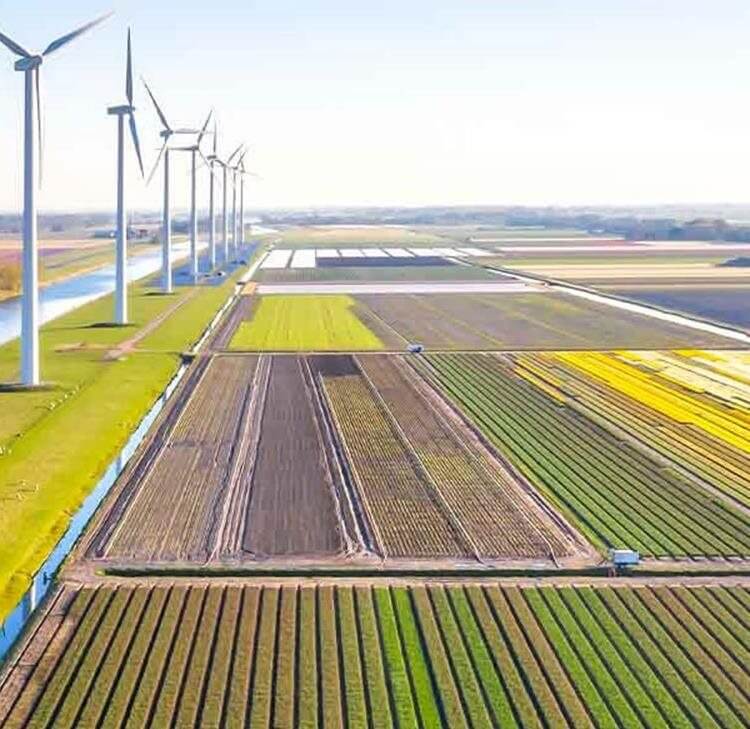
What’s lurking in your garden? The UK’s most dangerous and invasive plants
Japanese Knotweed
In the UK, there are 4 invasive Knotweed species. These are Japanese Knotweed, Dwarf Knotweed, Giant Knotweed and Bohemian Knotweed. Japanese Knotweed is the most common and by far the most troublesome.
Growing up to 2 metres tall, the Japanese Knotweed has large, roughly triangular leaves and white flowers, with a truncate (heart-shaped) base.
Japanese Knotweed was first introduced to UK gardens in the 1800s as an ornamental plant and has since become commonplace in urban areas and along riverbanks or areas where garden waste or topsoil have been dumped.
Now the Japanese Knotweed has become an expensive problem for homeowners across the country. A single strand of Knotweed can easily take over an entire garden. Its indestructible nature means that it can cost thousands to remove and dispose of properly.
Whilst you do not have to remove Japanese Knotweed from your land unless it’s causing a nuisance, you can be prosecuted for causing it to spread in the wild, knowingly or otherwise. It is important that you do not try to treat Knotweed yourself unless you have the proper experience. There are many companies that specialise in treating Knotweed and we would recommend contacting them in the first instance.
You can spray or inject chemicals into the Knotweed stems but you must only used approved herbicides and may need prior permission from Natural England or the Environment Agency. Disposal of the waste must be done through a registered waste carrier.
If you plan to bury the waste you must notify the Environment Agency at least one month beforehand. If you are a business that plans to burn the Knotweed there are a number of steps you need to take, including notifying the Environment Agency at least one week beforehand, notifying your local council, acquiring a burning waste in the open exemption and ensuring you follow local byelaws.
Giant Hogweed
Giant Hogweed is an exceptionally tall plant with large, white flowers that grows freely around the UK near canals and rivers. It is widely known as being the UK’s most dangerous plant as coming into contact with its sap causes severe skin rashes, burns, blisters and scarring. The sap increases sensitivity of the skin to sunlight causing extreme burns.
A recent study has suggested that grazing sheep could help fight the spread of the invasive and toxic plant. It is usually removed by spraying it with herbicide or removing the flowers to prevent the spread of seeds.
Whilst you are not legally obligated to remove Giant Hogweed, if you allow it to grow onto other people’s property, a private nuisance action could be taken against you. Section 14(2) of the Wildlife and Countryside Act 1981 creates an offence where any person plants or otherwise causes giant Hogweed to grow in the wild.
Giant Hogweed can be easily removed using weed killer and it is advisable to do so whilst the plant is young and before flowers grow in April and May. However the plant is a controlled waste, similar to Japanese Knotweed, and so if taken off site can only be disposed of or burnt under license with the required permissions.
If you have any questions about Japanese Knotweed or Giant Hogweed and your legal obligations, please do get in touch with the team at Browne Jacobson.
Contact

Nigel Lyons
Partner
nigel.lyons@brownejacobson.com
+44 (0)330 045 2802









































